When the heritage map doubles its value
The merger has created a unique tourist map, where “bright gems” are placed next to “rough gems”, forming a huge cultural and natural treasure. Lao Cai’s assets are already a strong brand with the high-end tourist axis Sa Pa, home to the majestic Fansipan peak - the “roof of Indochina”. Next is the pristine cloud paradise of Y Ty with the unique rammed earth house architecture of the Ha Nhi people, or the charming Bac Ha cultural axis with its fairs and famous horse racing festivals.
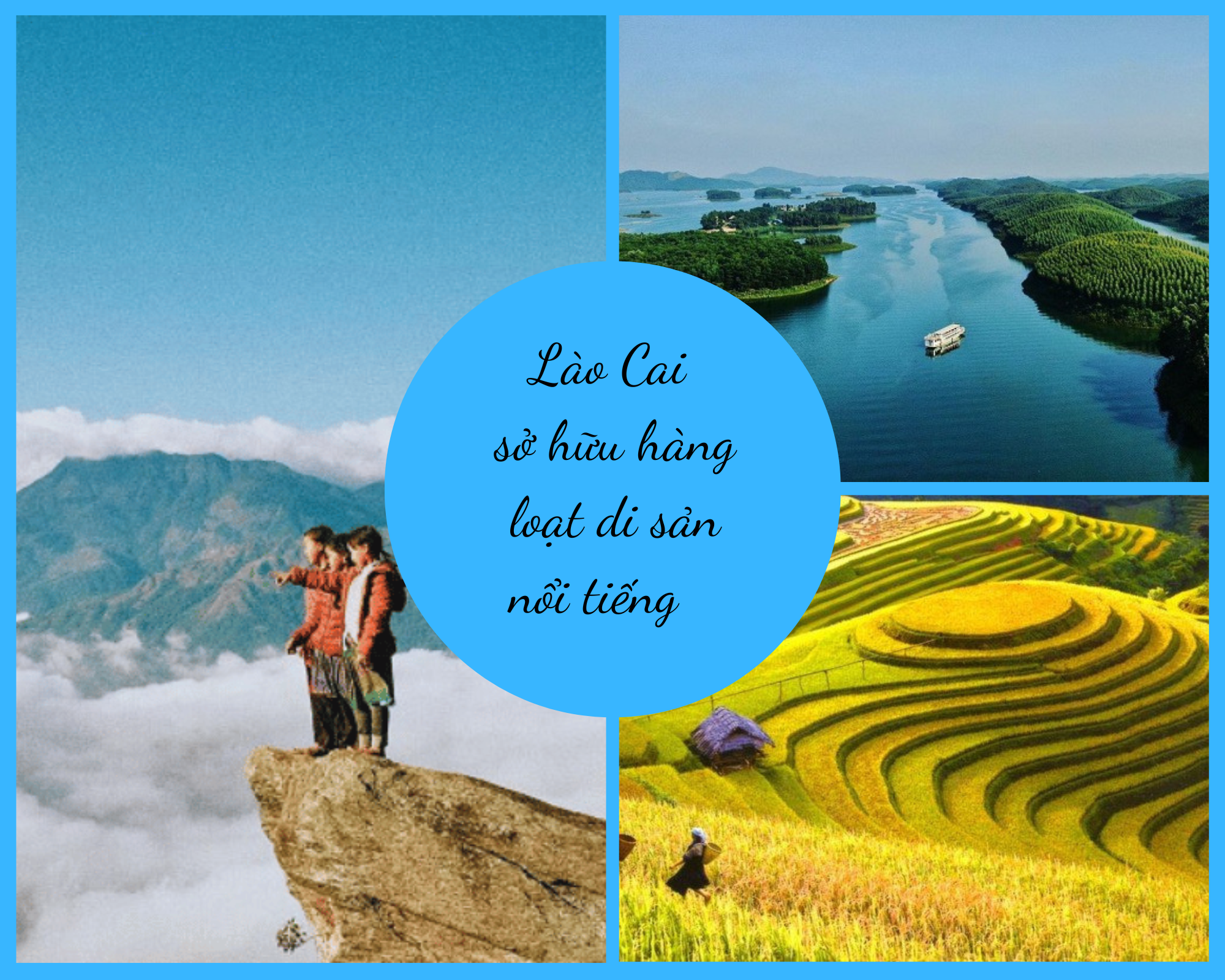
Now, that “asset” is multiplied with new precious heritages. The most prominent is the Mu Cang Chai terraced fields - a special national monument likened to “stairways to heaven”, where visitors can experience paragliding over Khau Pha pass. The second piece is the Muong Lo cultural space in Nghia Lo - the “cradle” of the Thai Xoe art honored by UNESCO. Finally, the exploration space in Tram Tau, Van Chan, opens up a paradise for trekkers with magical mountain peaks, hot mineral springs and hundreds of years old Shan Tuyet tea trees in Suoi Giang.
From individual “points” to interconnected “chains”
Geographical connectivity opens up a golden opportunity to shift from exploiting individual tourist “spots” to building integrated “chains” of products, keeping tourists longer and enhancing their experiences.
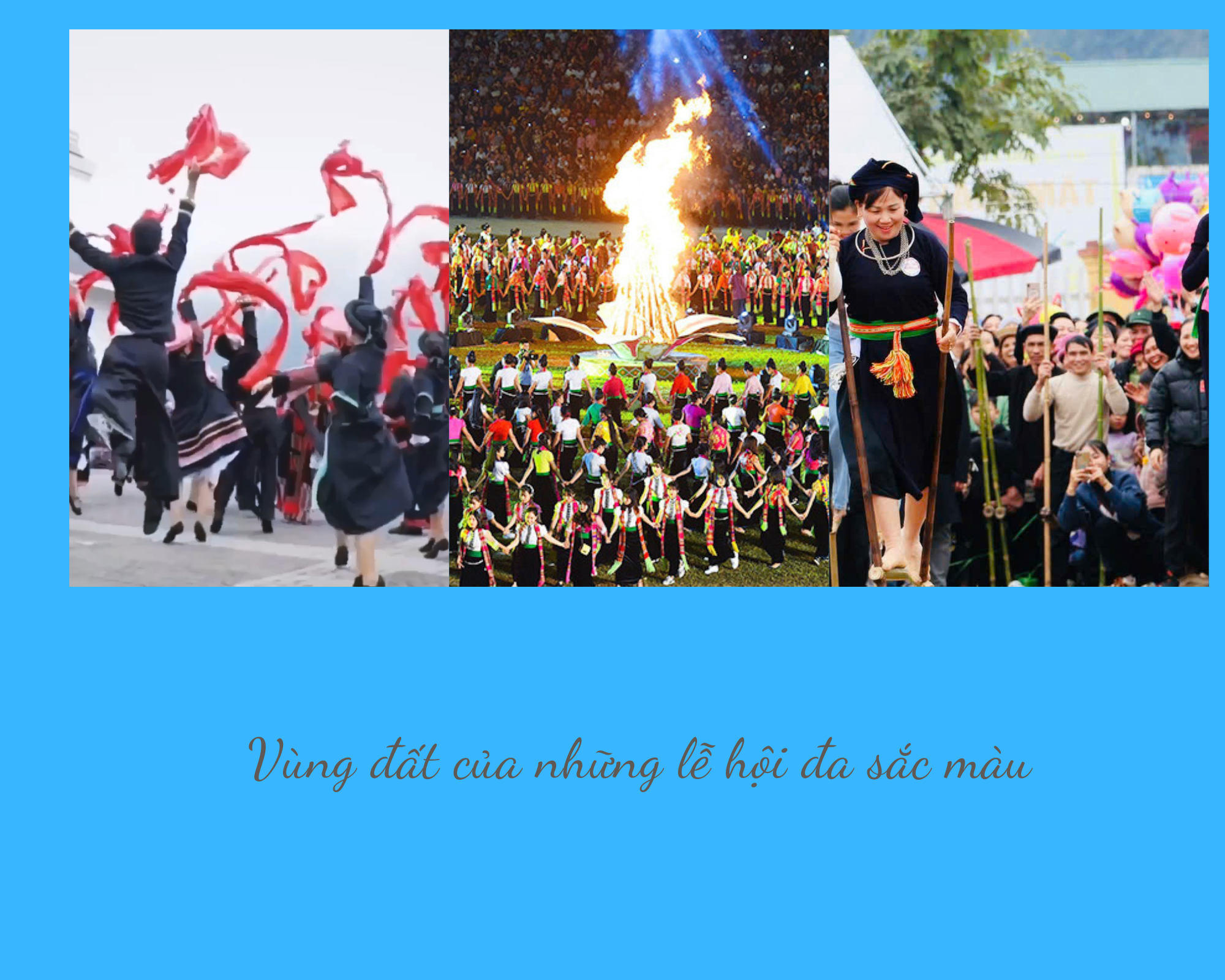
New ambitious itineraries are being formed. The “Terrace Field Heritage Arc” route connects two leading scenic spots, Muong Hoa (Sa Pa) and Mu Cang Chai. The “Colors of Northwest Culture” route is a journey through unique cultural regions from the sacredness of Thuong Temple, the bustle of Bac Ha market, to the passionate Thai Xoe dance in Muong Lo. For adventurous travelers, the “Conquer and Explore” route combines trekking high peaks such as Fansipan, Ta Xua with relaxation at Tram Tau hot mineral spring.
The problem of "sustainable" development
The greater the opportunity, the greater the challenge. “Connecting heritage sites” poses difficult problems for sustainable development. The first challenge is transport infrastructure, which is currently a major “bottleneck”. The second, core challenge, is the tug-of-war between conservation and development. The lesson from the rapid development in some tourist destinations that destroys the landscape is a costly warning.
The voices of the local people reflect this concern deeply. Ms. Hoang Thi Loan - a homestay owner in Nghia Lo, worries: "We want to do tourism but must preserve the spirit of the Thai people, keep the peace for future generations."
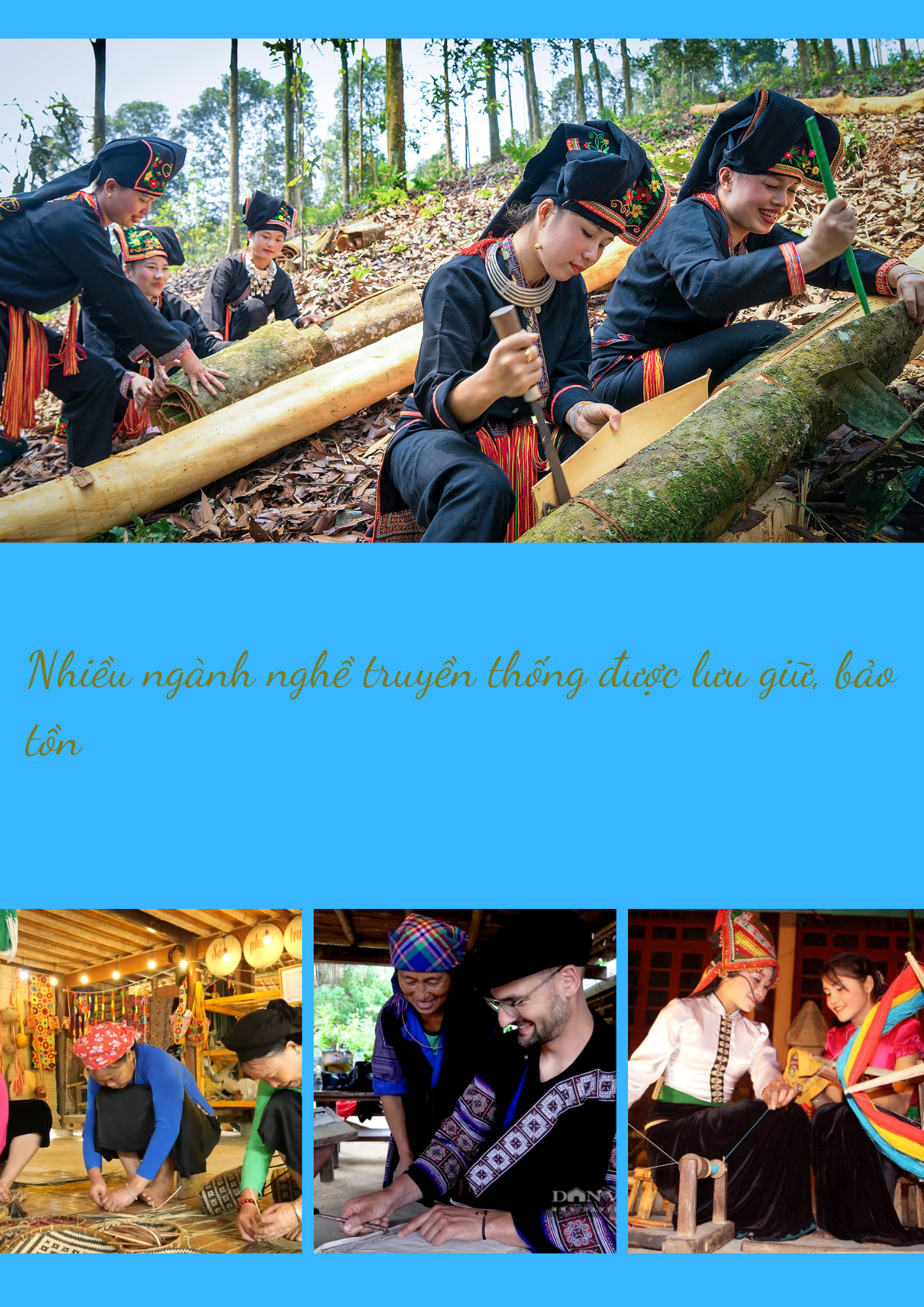
The province focuses on mobilizing and effectively using resources to invest in developing tourism infrastructure... At the same time, it focuses on training and improving the quality of tourism human resources, associated with promoting the role of local communities in tourism activities.
New vision for an international tourist hub
The historic unification has given Lao Cai a priceless “rough diamond”. Polishing this diamond requires strategic vision and commitment to sustainable development.
Facing the new opportunity, Mr. Vu Quoc Tri - General Secretary of Vietnam Tourism Association, suggested: "In the coming time, the province needs to reposition its tourism brand, build Lao Cai into a key tourism destination of Vietnam... an international tourism highlight".
A journey of thousands of miles through endless heritage sites has begun. Success does not only lie in trillion-dollar projects, but also depends on wise management and most importantly, the awareness of preserving the culture of each citizen, so that the name Lao Cai is not only a destination, but also a unique journey of experience on the world tourism map.
Source: https://baolaocai.vn/lao-cai-danh-thuc-sieu-vung-di-san-tay-bac-post649104.html


![[Photo] President Luong Cuong receives US Secretary of War Pete Hegseth](https://vphoto.vietnam.vn/thumb/1200x675/vietnam/resource/IMAGE/2025/11/02/1762089839868_ndo_br_1-jpg.webp)

![[Photo] Lam Dong: Images of damage after a suspected lake burst in Tuy Phong](https://vphoto.vietnam.vn/thumb/1200x675/vietnam/resource/IMAGE/2025/11/02/1762078736805_8e7f5424f473782d2162-5118-jpg.webp)





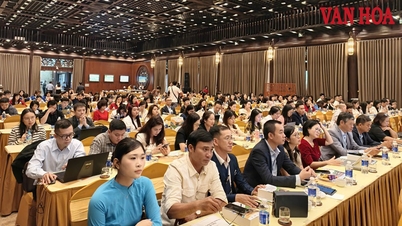

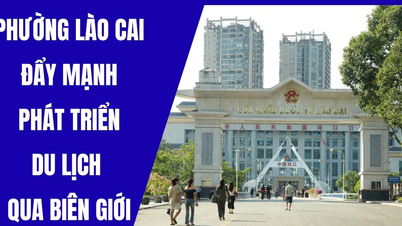
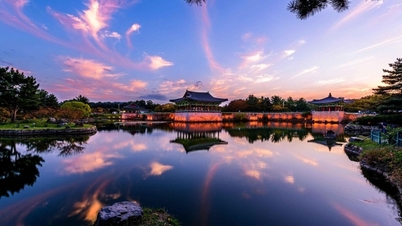

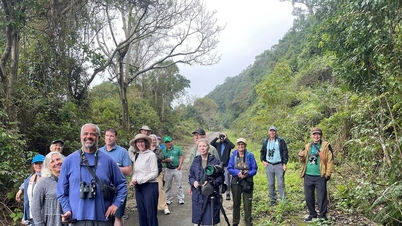
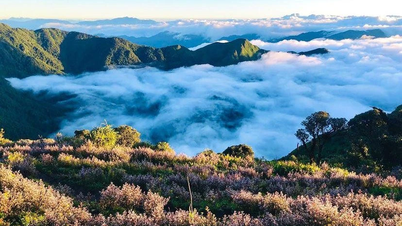

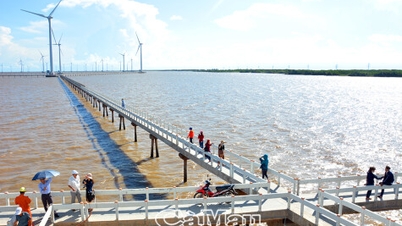


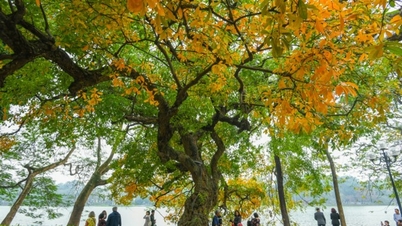

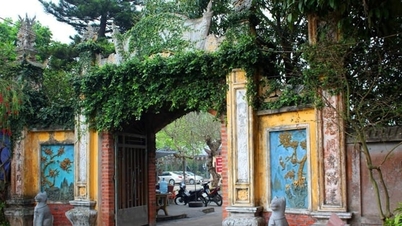
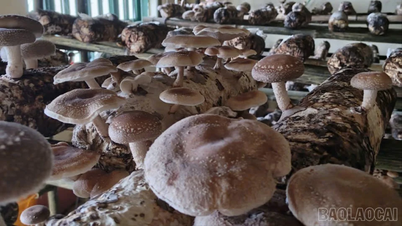




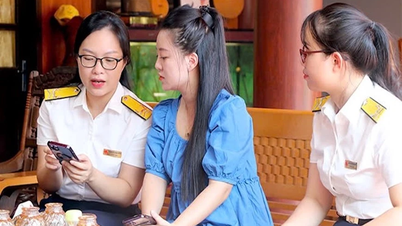



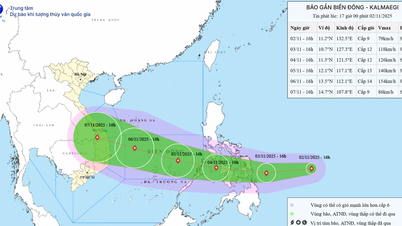


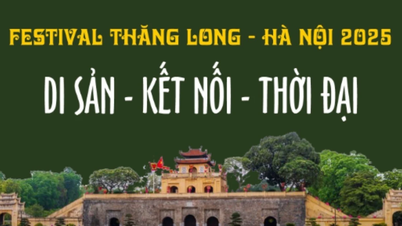

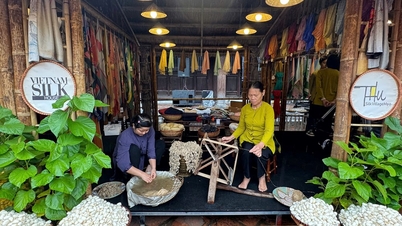
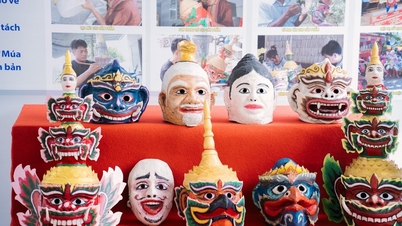

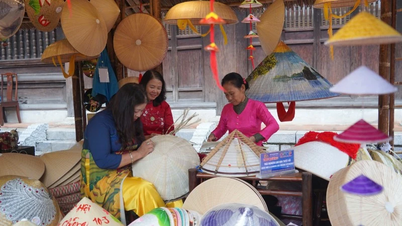

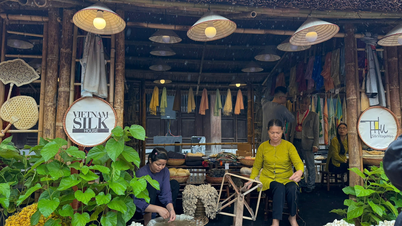





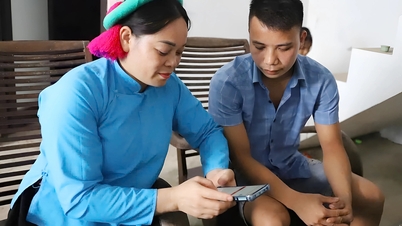




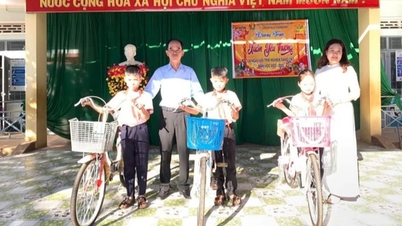


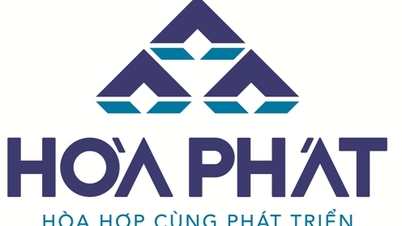

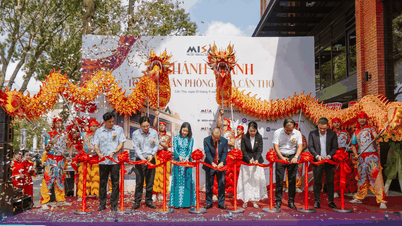

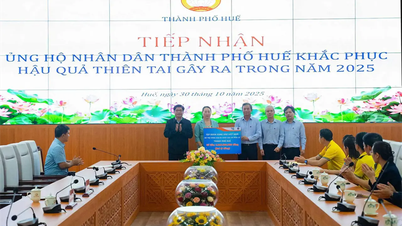
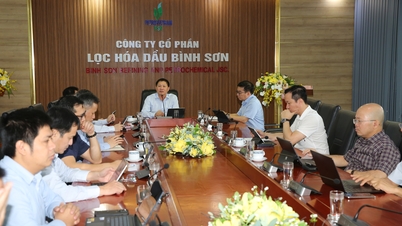
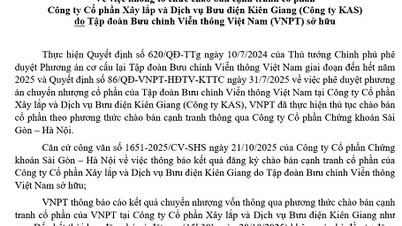





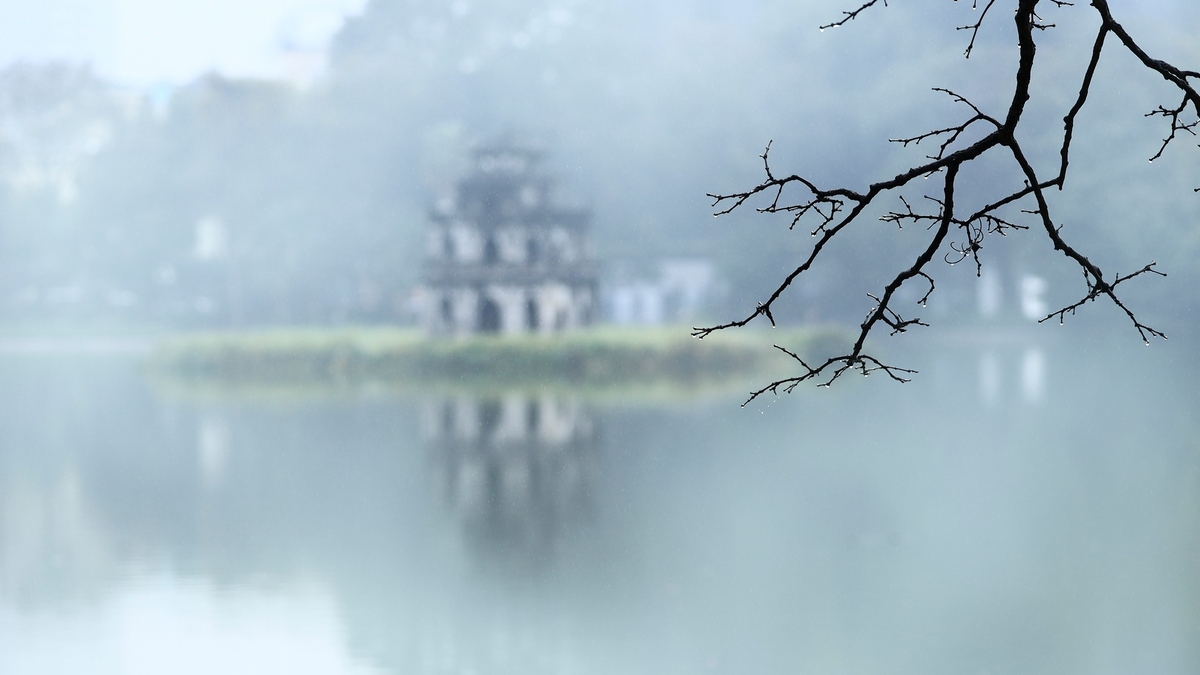
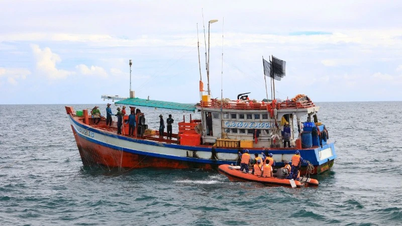
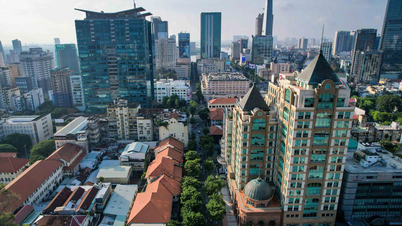
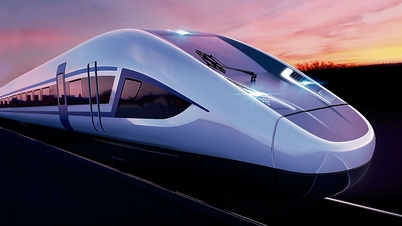

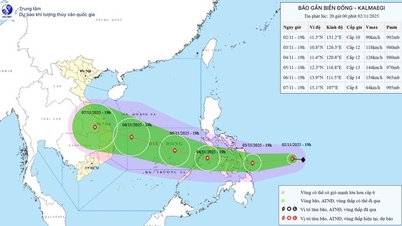






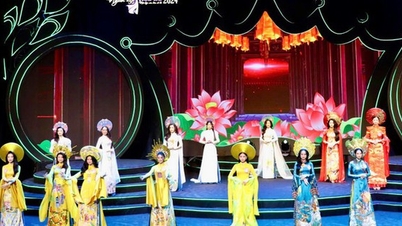
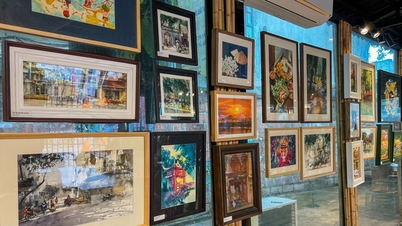
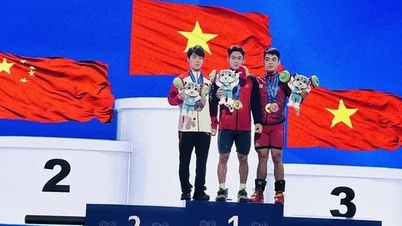
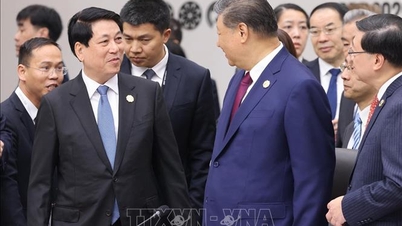

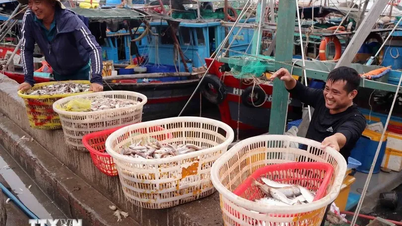

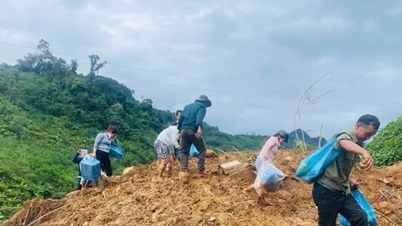
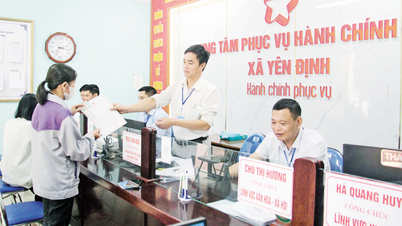

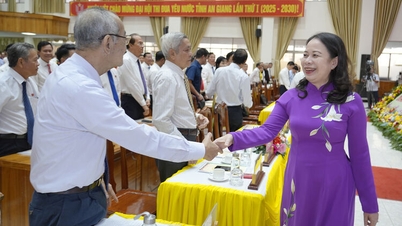

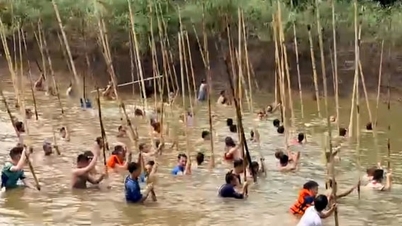













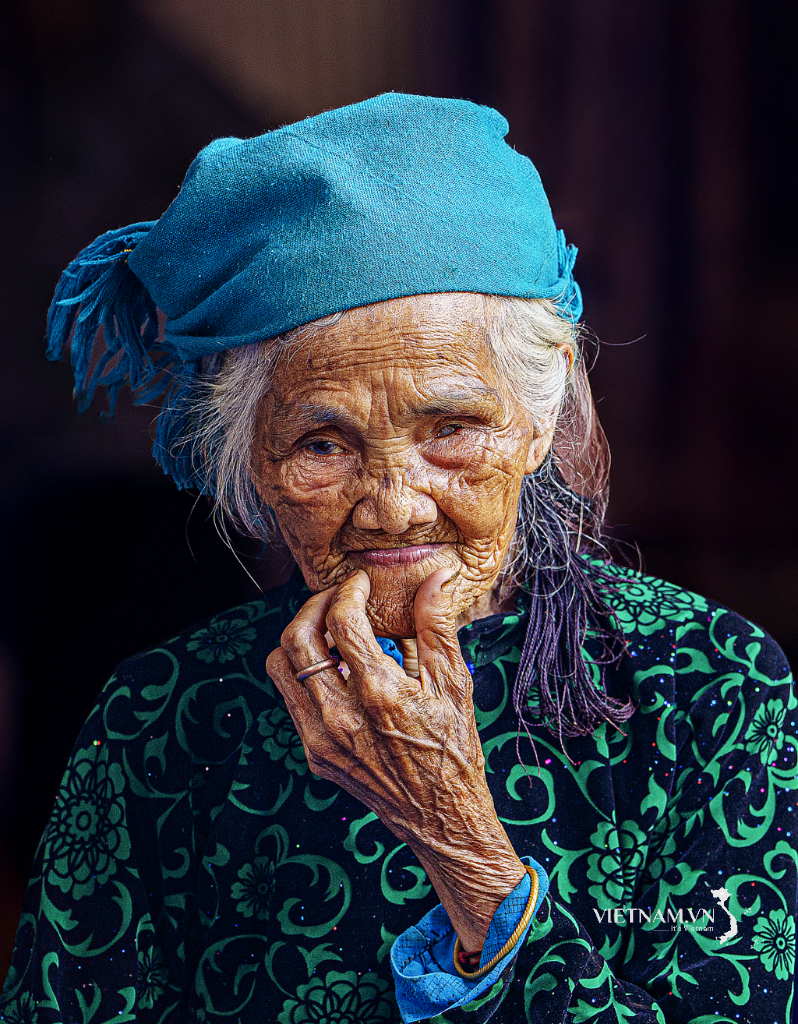


Comment (0)